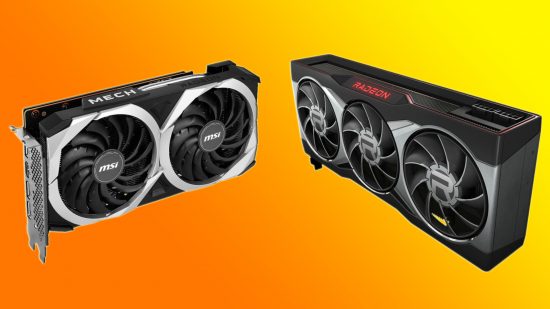AMD has released an AMD Fluid Motion Frames driver update. Until recently, frame generation was the preserve of Nvidia GeForce RTX 4000-series GPUs, courtesy of Nvidia DLSS 3. AMD has recently responded with AMD FSR 3, which it released alongside AMD Fluid Motion Frames (AFMF), an interesting form of frame generation implemented on the driver level.
FMF is currently only available through a beta driver, and unlike AMD FSR 3, which is available on a wide range of graphics cards, AMD chose to make it exclusive to AMD Radeon RX 7000-series cards in its first iteration.

However, this driver update, which can be downloaded here, widens its application to RX 6000-series cards as well. AFMF works alongside FSR 3 to increase frame rate by inserting AI-generated frames in between traditionally rendered ones. However, the emergent technology has been beset by latency issues, so AMD has spent the last month reworking it.
AMD isn’t confident enough to release it to the general public just yet, with the driver remaining in beta. When it is released more widely, though, we could see an improvement in fps for games that don’t have AMD FSR 3 or Nvidia DLSS 3 coded in.
If you’re looking for a current-gen GPU to benefit from Fluid Motion Frames, your best bet under $500 is the AMD Radeon RX 7800 XT. We call it the “optimal choice for those looking to game at 1440p, with enough power to stretch to 4K too.”
